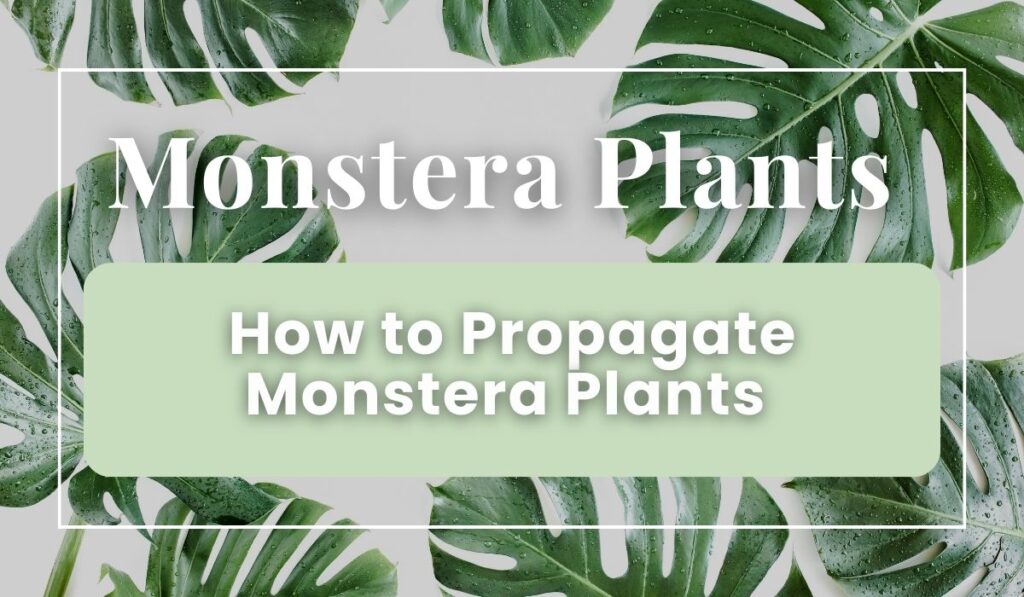
An Afternoon at Tangled Garden
Immerse yourself in the enchanting narrative of a visit to the Tangled Garden, Nova Scotia. This descriptive post captures the author’s experience as they explore the four-acre garden with their mother and partner. Amidst weeping beech trees and herb-filled rooms, the visitors encounter gourmet treats, unique flora, and artistic sculptures. The sun-soaked landscape offers inspiration for garden enthusiasts, and hidden gems like the secluded rill and pond evoke a sense of magic. The post delves into the sensory details, from the textures of fuzzy quince fruit to the calming trickle of water.

















